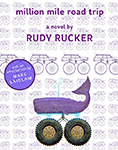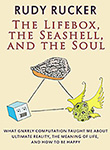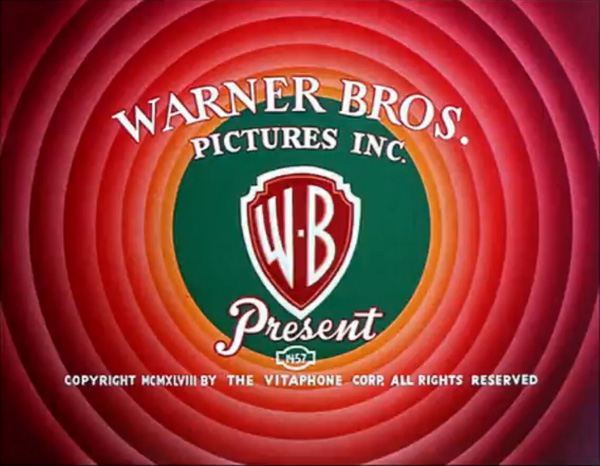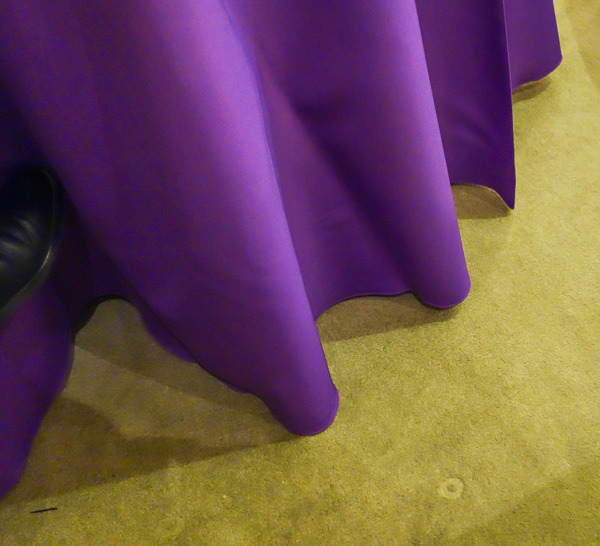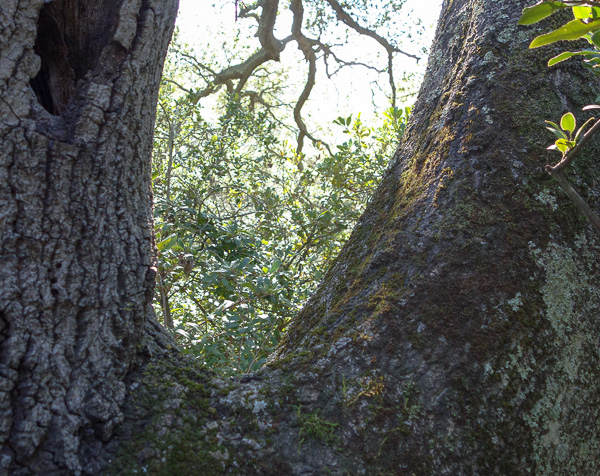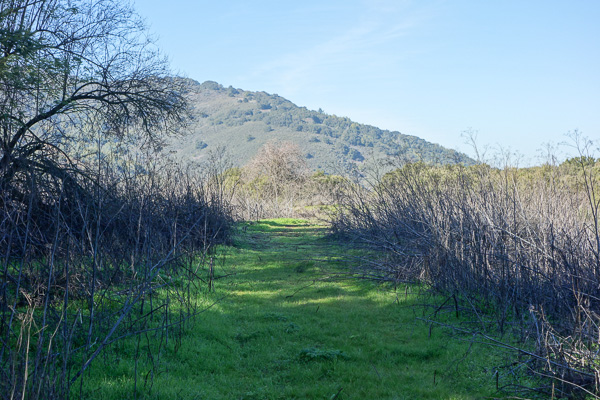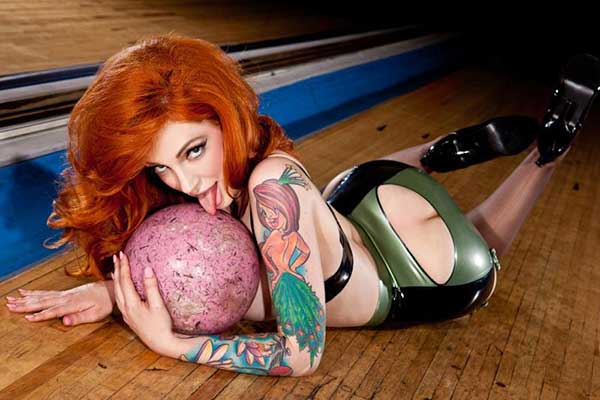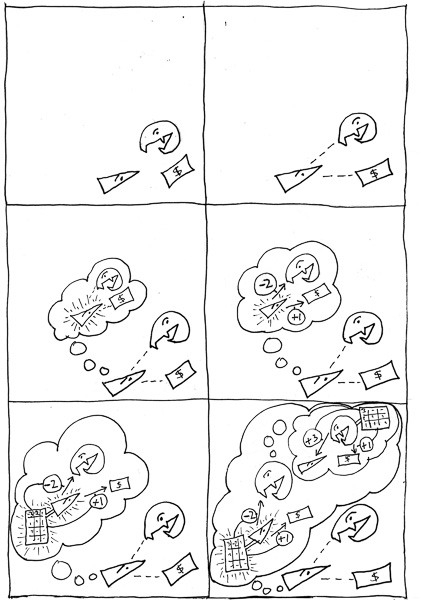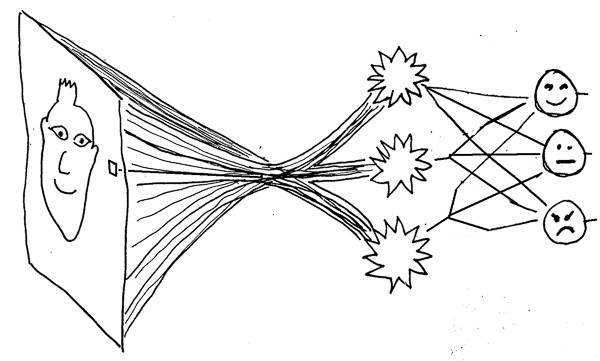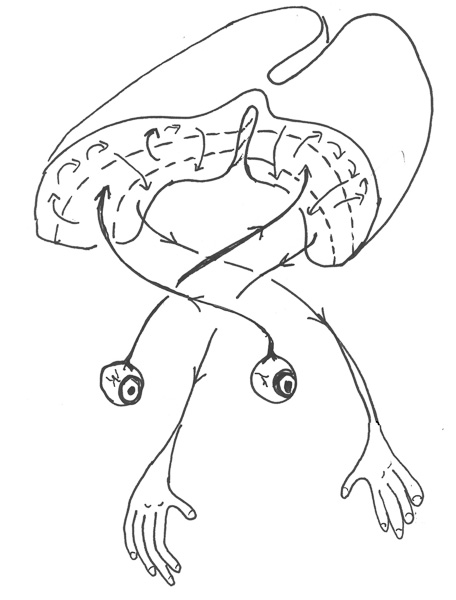
My wife and I were in Manhattan for seven days this month, basically just there for a vacation. We stayed at pleasant hotel at 41st St. and Madison Ave, just a block away from the NYC Library on 5th Ave, and close to Grand Central Station. Wonderful to see the perpetual steam-smokestack in the intersection with the slushy taxis doing their thing.
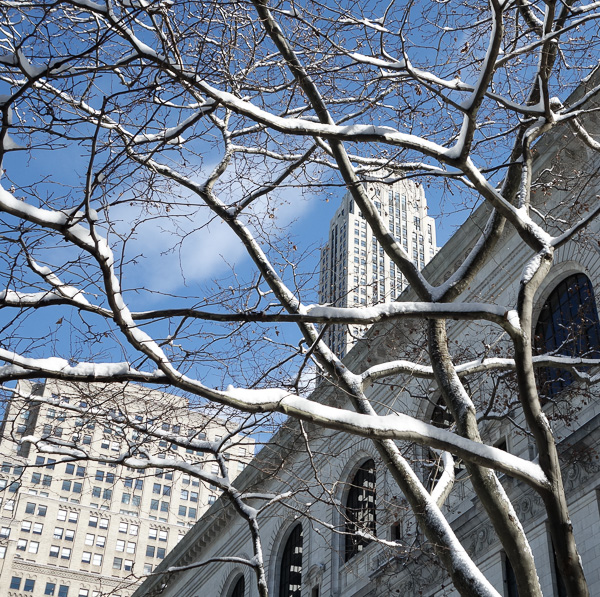
The back of the NYC library after a snowstorm.

We made three trips to the Oyster Bar at the Grand Central Station. Truly the freshest clams and oysters in the world. I graduated this time from littleneck clams to the more-to-chew and almost-too-big cherry stones. Also sampled the legendary “ pan roast,” made in special steel pans-on-hinges behind the counter, and consisting of a pint of piping hot cream with toast and oysters and chili sauce in it—a little overwhelming, but you gotta have it once, although next time I’d get the pricier “oyster clam lobster scallop” version.

As a boy I was fascinated by images of the NYC skyscrapers. The Chrysler is still one of the loveliest of them all. You have to wonder why they can’t make such an interesting building anymore.

The Empire State Building has always been my favorite skyscraper. I love how it pops out at you from around corners if you’re within ten or fifteen blocks of 34th St. Sometimes the Empire poses for you in a perfectly framed photo shot.
I guess I ought to say something about the lost Twin Towers. I always thought they were a little dull to look at, wasn’t crazy about them. I never got around to taking the elevator to their top, I wish I’d done that. I still resent Osama and Al Qaeda for having screwed up the opening decades of the twenty-first century. And I’m glad we’ve got the new tower coming up in the footprint of the old ones. But this trip, we didn’t make it that far downtown there again. We were down at Ground Zero in April, 2012, though, and I posted about it then.
This time we only hit mid-town, uptown, Soho, had a lunch at Sylvia’s soul food restaurant in Harlem, and I made a somewhat abortive solo reconnaissance visit to Williamsburg in Brooklyn, where I ended up getting off at the wrong subway stop (twice) and had to walk about ten blocks, guided by the Google Maps beacon of Spoonbill & Sugartown Books, near 5th & Bedford. Bought an intriguing mental-exercises book, D. I. Y. Magic, by Anthony Alvarado, then had a chai across the street, then schlepped to the Marcy St. subway stop and rode back to *ah* the tall buildings of old Manhattoes. Nothing beats being an ant in the cracks of those canyons.
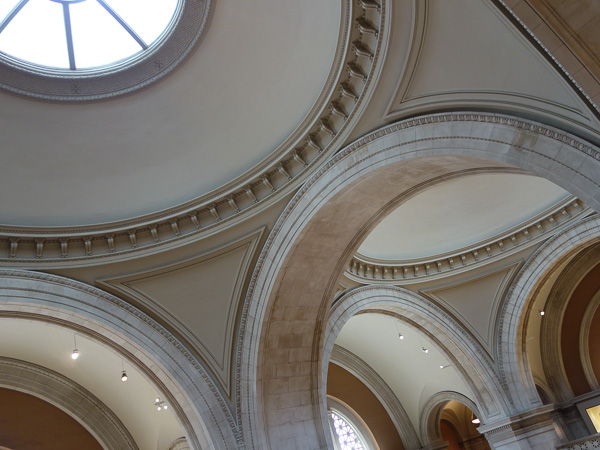
One of the very first things we did in New York was to visit the Metropolitan Museum of Art. Here’s the great entrance hall. A secular cathedral.

A random fop in the galleries of the Met. What often happens here is that we have an intention to see, let us say, galleries A, B, and C. But on the way from A to B, we always pass some heretofore unnoticed gallery that’s filled with amazing, unexpected things. The Met is a fractal.
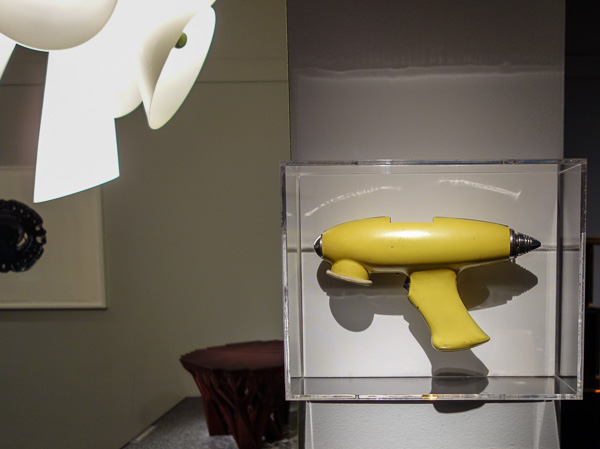
A design gallery showing a ray-gun-like device that was, if I remember correctly, used to spritz bubbles into water.
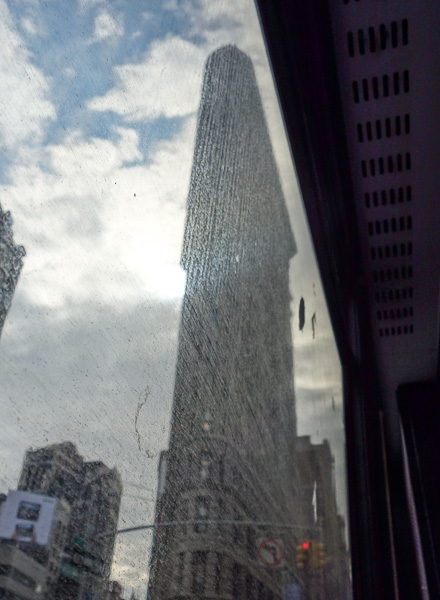
I rode the bus down Fifth Ave to meet my old Tor editor David Hartwell in the Flatiron building, another great NYC icon. And grabbed this dirty-window shot. My Pop showed it the Flatiron to me when the two of us visited NYC in 1959. I always feel proud when I have a little business to do here.

My favorite views of the skyscrapers are from Madison Square park at 23rd and Madison, not to be confused with Madison Square Garden. One thing I’ve slowly learned over the years is that sometimes a photograph is better if you use a tilted horizon. The iconography of this building is interesting: the giant CLOCK. They inhabitants might have been selling insurance…

I visited the new MOMATH or Museum of Mathematics which is on Madison Square. I wasn’t super impressed with the space—it was small, and too many of the exhibits were simply computer programs on screens. Changing the physical computer controls to “look fun” doesn’t change the fact that you’re looking at a program you could be running at home. But MOMATH does have a few physical displays that are good, especially this tricycle with square (!) wheels. I was allowed to mount it, and it rides very smoothly—because it’s going on a surface made up of inverted catenary curves.
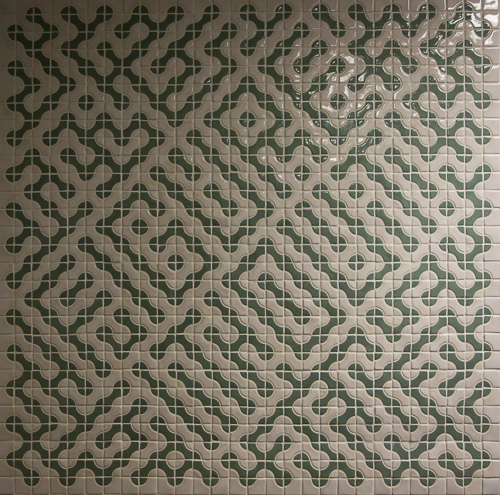
One other nice thing in MOMATH was this Truchet tile pattern on the wall of the bathroom. Can you see what it says?
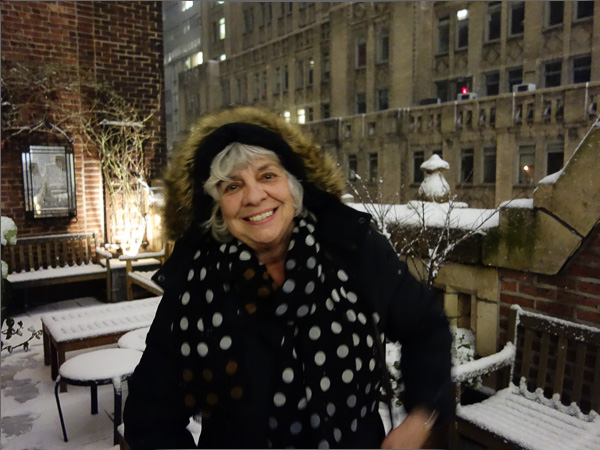
A big snowstorm hit Manhattan while we where there—the storm was stronger in New England, but even in NYC we got three or four inches. As California tourists with no particular agenda, the snow was simply fun for us. Wonderful to see it tumbling down in the night, we went up onto the roof of the hotel with our friend Eddie Marritz and his wife Hana Machotka.

The morning after the storm, Bryant Park by the NYC Library was full of views. The trees snow-edges among the towers.

A a traditional snow photo, nice to encounter it in real life.
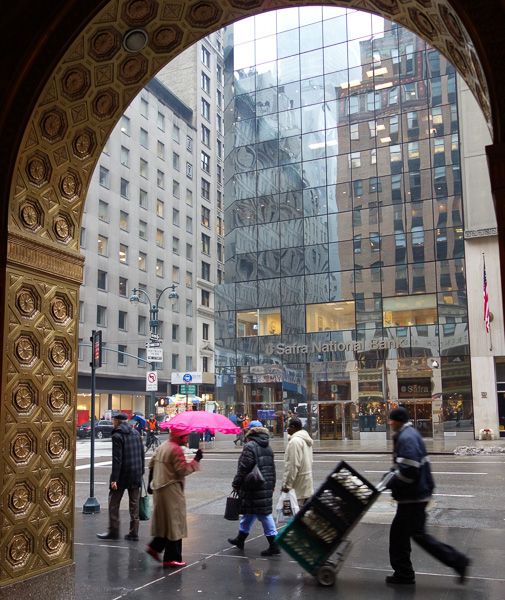
I might have been waiting for a bus here, taking shelter in the entrance way of yet another wonderful old-time skyscraper, it’s portal clad with bronze.
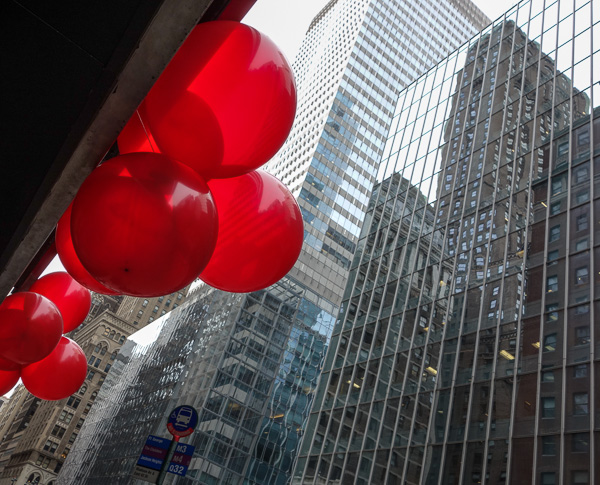
This was near the bus stop on Madison Ave where we’d embark uptown. Although I love subways, you get to see more from busses. The red balloons advertised a luncheonette.

One snow-day we walked up through Central Park past the back of the Met arriving at the Neue Galerie and its Viennese cafe. I like how some of the buildings seen from the park seem like castles.

Walking through the snowy park, the colors of a tunnel’s tiles popped out. Fleshy, in a way, a dragon’s maw.

We came upon an old friend, the Egyptian obelisk known as “Cleopatra’s Needle,” and mounted in Central Park behind the Met. I like the contrast between the rigid obelisk and the snaky tree. Yang and yin.
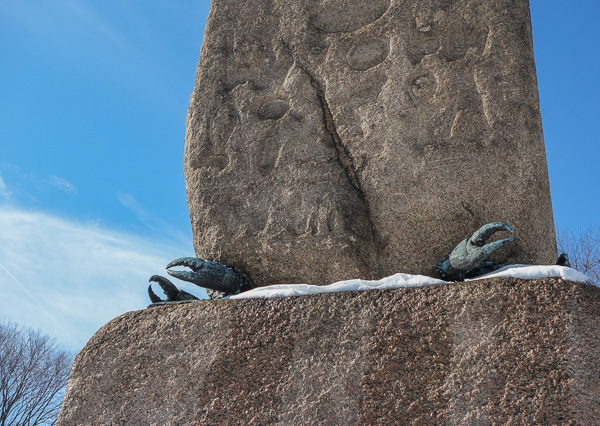
I’ve always loved the iron crabs supporting Cleopatra’s Needle. The crabs have human faces, though you can’t see that here, and some have Greek letters on their claws.
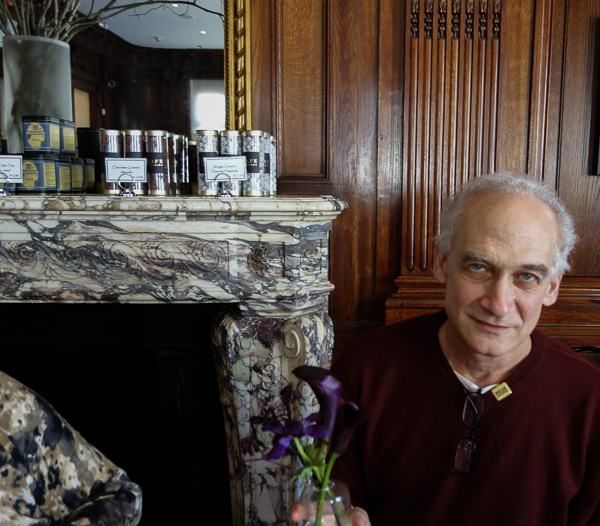
We met up with Eddie Marritz at the Neue Galerie. What a great cafe they have. The art’s good too, although in the shadow of the Met, every gallery pales. But good to see some German Expressionists. Looking at all the paintings—naturally we hit the (non-math) MOMA too—I thought of a dozen “new” ways I could try to paint.

New F*ckin’ York. I’ll be back. One of the things I love most there is simply the urban architecture, block after block of insanely large buildings, and so many of them are from the 30s and 40s, and encrusted with lovely detail work. The glass box era was a wasteland, but finally they’re turning the corner and putting some interesting facets, beveled corners, polyhedral slants and spike-towers onto the boxes.
The other thing I love most in NYC is the people. The anthill! Being in it, scuttling and bustling, peacefully anonymous, with a freedom to glance at and browse the moving encyclopedia of humanity.


